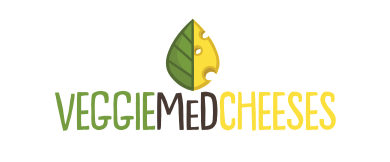Clotting Properties of Onopordum tauricum (Willd.) Aqueous extract in milk of different species
Mozzon M., Foligni R., Mannozzi C., Zamporlini F., Raffaelli N., Aquilanti L. 2020. Clotting Properties of Onopordum tauricum (Willd.) Aqueous extract in milk of different species. Foods, 9, 692; http://doi:10.3390/foods9060692
Abstract: Plant proteases used in cheesemaking are easily available and could increase the acceptability of cheeses, otherwise hindered by ethical issues (e.g., religions, dietary habits, aversion to genetically engineered food and food ingredients). The milk clotting potential of Onopordum tauricum (Willd.) aqueous extract as an alternative to animal rennet was assessed for the first time in milk of different species (ewe, goat, cow). Among the aerial anatomical parts, i.e., receptacle, leaves, stems, and flowers, only the latter ones showed clotting properties. A response surface methodology (RSM) was used to explore the effects of three independent variables (temperature, pH, volume of coagulant) on the milk clotting activity (MCA) of the flower extract. A second-order polynomial model adequately described the experimental data and predicted a temperature value of 55 °C, a pH value of 4.9–5.7, and a volume of coagulant of 300–500 μL (added to 5 mL of milk) as optimal conditions to maximize the MCA. At a 35 °C temperature and natural milk pH of 6.7–6.8, the estimated MCA of the O. tauricum extract was 72–87, 69–86, and 75–151, in goat’s, ewe’s, and cow’s milk, respectively. In comparison, the MCA of calf rennet was 5.4–4.9, 3.3–14.7, and 4.9–16.7 times higher than that of the plant extract in goat’s, ewe’s, and cow’s milk, respectively.
Keywords: rennet; Onopordon tauricum; thistle crude extract; milk clotting activity; response surface methodology; goat’s milk; ewe’s milk; vegetable coagulant; plant proteases
